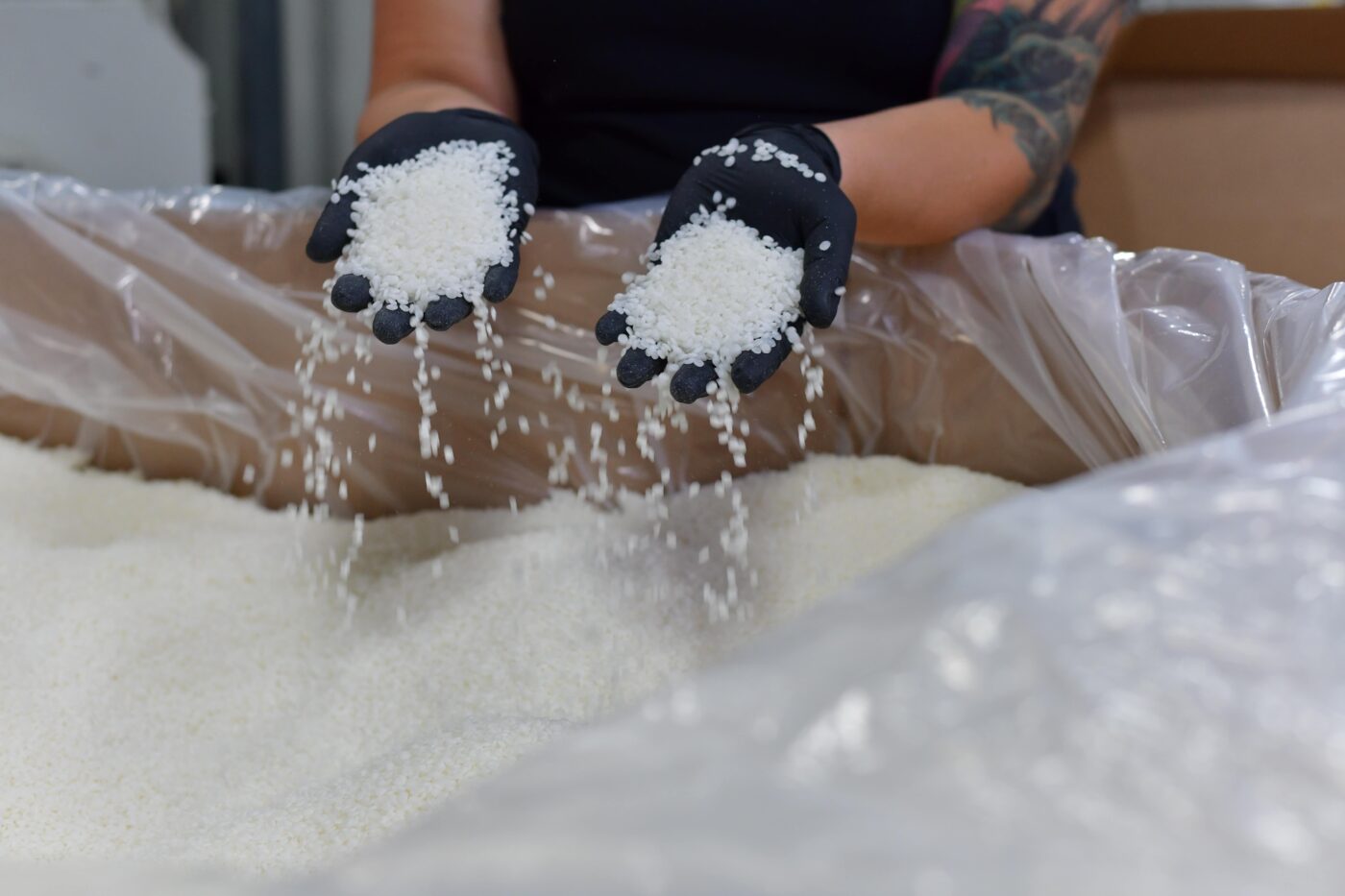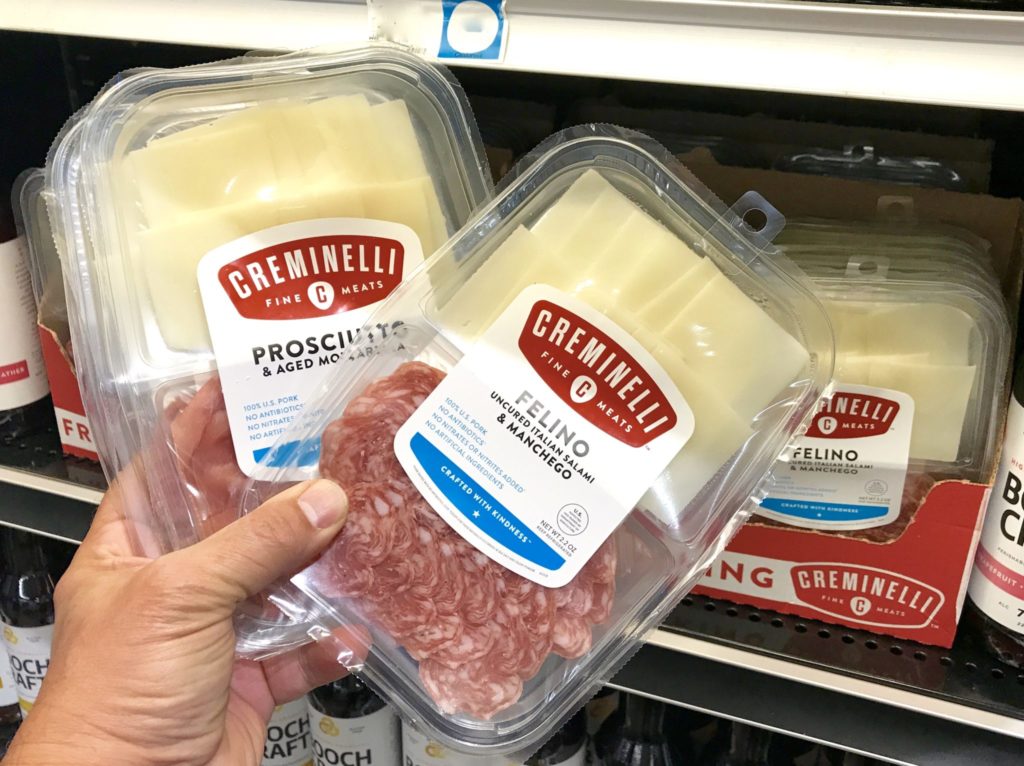
PP in Packaging The primary purpose of a package is to maintain…


When selling food products, packaging is an important part of the transaction. Packaging is advertising; it’s how customers recognize your product on the shelf. Poor, irregular, or boring packaging can deter customers from picking your product, or can prevent them from recognizing it. Improperly packaging food can mean extreme financial losses even before the time for customer choice arrives. Food can spill or spoil in transit. Many companies transport these products over great distances, which creates opportunities for accidents, and could lead to a loss of profit and wasted transportation costs. What’s more, there are many safety regulations dictating the proper packaging of food. Failing to follow these regulations could bring legal consequences.
Even with these considerations taken into account, there are a variety of options for packaging food. Different companies pursue different packaging styles and materials, seeking the best possible ways to preserve and advertise their food products. The number one choice for food packaging material is plastic.
Plastic is an extremely durable material. When kept in the proper conditions, a plastic container’s shelf life is virtually endless. When it comes to food transportation, durability is one of the most important concerns. If food packaging is broken even slightly during transit, the food is unfit for sale or consumption. A bigger tear in packaging can mean not only the loss of food, but a mess as the product spills during transit.
Plastic’s durability allows food to be transported over long distances with little risk of breaking. While plastic packaging may bend, it resists breaking, protecting your food. Contaminants won’t enter your product when it’s packaged properly with plastic.
With food transportation, freshness is another important consideration. Other products remain basically in the same condition through typical transportation and shelving environments. However, food can spoil. Plastic protects the freshness of your food, sealing out airborne contaminants while sealing in nutrients. Can packaging is traditionally associated with preserving the nutritional benefits of food for a long period of time. However, new advances in plastic technology have made plastic as effective as cans for keeping food in its best shape.
Plastic packaging can be designed to minimize food waste. Other kinds of food packaging, like cans, cannot be resealed once they are open. Properly designed plastic packaging is another story. With resealing capabilities, food can be preserved for a long time after opening.
The durability, flexibility and affordability of plastic packaging makes it an excellent choice for your food product. Plastic Ingenuity offers a variety of food packaging options.
